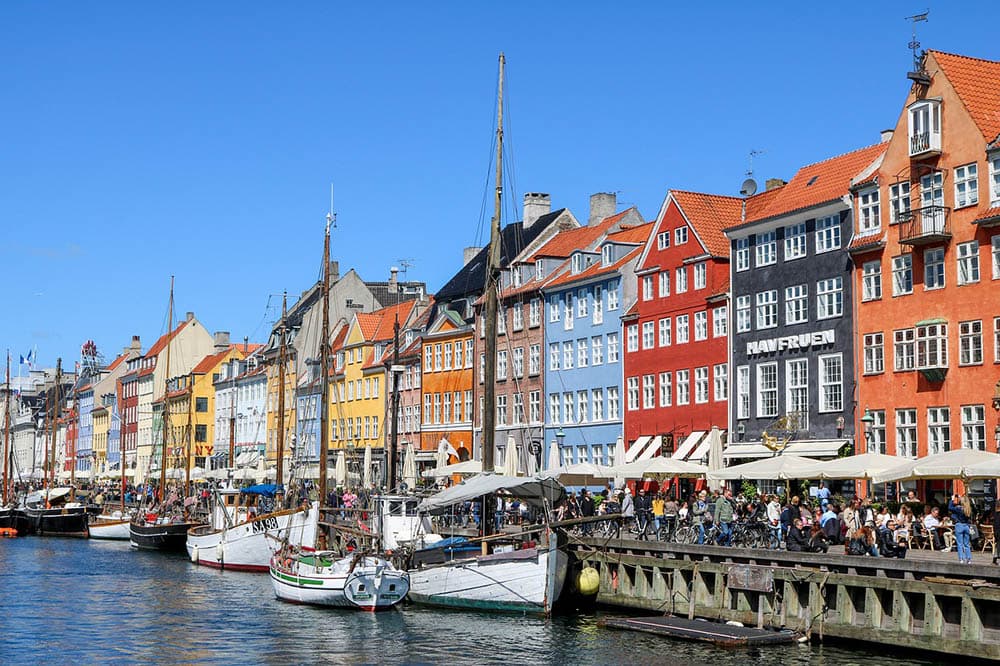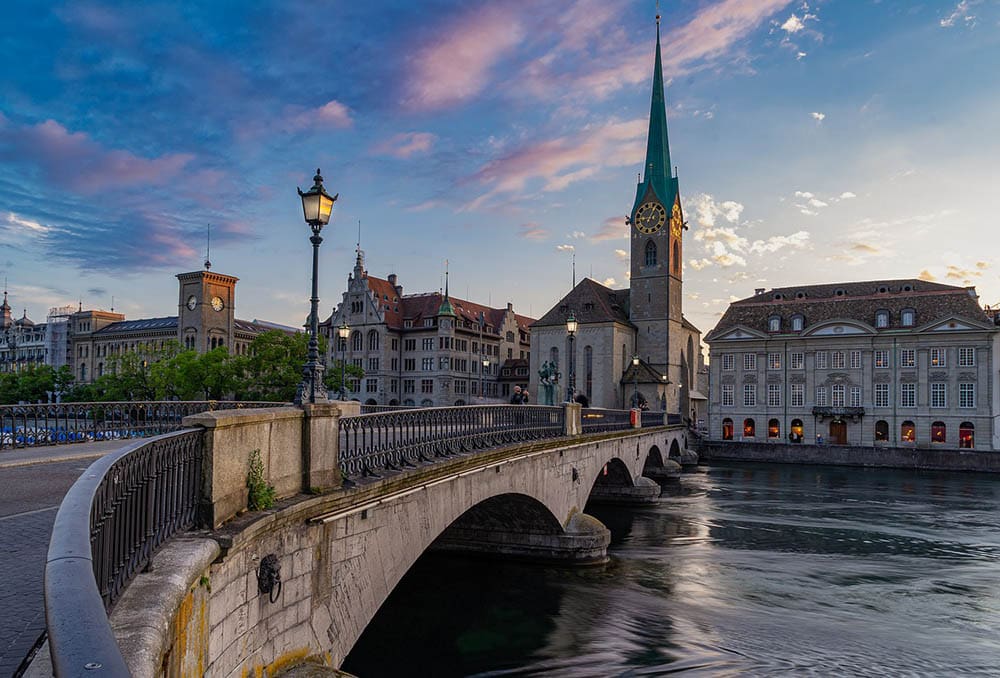Are There Carbon Neutral Countries? Facts & FAQs
-
Kristin Hitchcock
- Last updated:

There are a few countries that have achieved carbon neutrality according to Statista. These countries include Madagascar, Gabon, Benin, Liberia, Guinea, Suriname, and Guyana. As you can see, all of these countries are smaller, which helps them reach a carbon neutrality easier.
Plus, they are also largely underdeveloped with lots of forest cover. This forest cover does remove some carbon from the air, which helps these countries reduce their footprint. Of course, the more developed a country is, the harder it is for them to reach carbon neutrality.
So far, there are 135 countries that have a carbon-neutral goal. In other words, on paper at least, they are attempting to become carbon neutral. However, only 66 countries actually have a deadline. More and more countries are putting a deadline on paper. For instance, Saudi Arabia recently committed to being carbon neutral by 2060.
When it comes to bigger nations, there are currently none that are carbon-neutral. However, Finland is getting very close and plans to be carbon neutral by 2035, and they have put in place policies that will help them reach this goal.
Behind Finland, Iceland and Austria are planning on being carbon neutral by 2045. Most countries have 2050 as their goal. However, many big countries have pushed their goal back to 2060. In fact, countries like China and Russia have extremely long-term goals, which may make fighting climate change challenging.
For larger countries, carbon neutrality is going to be achieved partially by removing carbon from the air. This factor can be improved by conserving woodlands and other natural environments and using technology to remove carbon from the air.
How Serious are Countries About Achieving Carbon Neutrality?
It is all fine and dandy to put a date down on paper. However, setting a goal is not terribly difficult. It is actually achieving that goal that is the hard part. When it comes to making serious progress towards their goal, countries vary a lot.
In some cases, governments have enshrined their goal in laws that will reduce their footprint to net zero. However, these countries are few and far between. The most obvious example is Finland, which has put into place laws that will likely reduce its carbon output to zero by 2035. Behind them, Denmark, France, England, and a few other countries also have laws to reduce their emissions.
In other cases, governments often have “official policies” that may reduce their emissions. However, these can change between elections. Therefore, they are not set in stone and are not always the most effective option.
When you take a look at government policy, it is easy to see that most countries haven’t actually taken any steps toward their goal. Instead, the goals are only under discussion.

What Was the First Carbon Neutral Country?
Bhutan was the first carbon-neutral country. They are still carbon-neutral, though they have been joined by a few other small countries. The decision to become carbon neutral largely occurred because the country bases its political decisions on the Gross National Happiness index—instead of the economic growth that most countries use.
The country does not use GDP to track prosperity. Instead, it measures it through other principles, which take into account the health and happiness of its citizens. In other words, the country is trying to make its people as happy as possible, not make as much money as possible.
In a world that is full of inequality and economic unrest, Bhutan has captured a lot of interest due to its difference. Lately, other countries have been looking toward Bhutan for ways to develop more sensibly. In fact, the UN is looking at ways to make the Bhutan model suitable for other countries.
Thanks to environmental and health policies, Bhutan has doubled its life expectancy, enrolled all of its children in primary school, and developed a safe infrastructure. Environmental protection is at the heart of their political policy and is even enshrined in their constitution. 60% of their land is under forest cover and will be as long as their current laws stand.
They have looked at other environmental protections as well. For instance, they have banned export logging and are looking to ban all private cars from the road once a month.
Therefore, it isn’t that this country became carbon neutral because they set out to become carbon neutral. It was simply their way of life that led to them becoming carbon neutral through taking care of the environment and worrying about the happiness of its citizens.
Is Switzerland Carbon Neutral?
No. Switzerland is currently not a carbon-neutral country. However, they are aiming to become carbon neutral by 2050. In fact, compared to other countries out there, Switzerland’s contribution to fighting climate change has been called “disappointing”.
If all countries waited until 2050 to become carbon neutral, the planet’s temperature will rise by 4 degrees Celsius, which will result in serious climate differences. It is considered that limiting global warming to 1.5 degrees is vital for fighting climate change. Switzerland’s goal does not meet that standard.
Furthermore, Switzerland has not taken many concrete steps to reduce its carbon emissions.

Is Canada a Carbon Neutral Country?
No. Canada is not even close to being a carbon-neutral country. However, they do plan on being carbon neutral by 2050 and they have also set a goal for reduced emissions by 2030. In fact, they aim to nearly half their emissions by 2030.
There have been several models for decarbonizing Canada. However, the country has not taken many steps to actually reduce its carbon emissions. It is mostly a matter of discussion currently.
To significantly reduce its carbon emissions, the country will have to transform its energy system. This system is responsible for 80% of their carbon emissions, so simply reforming the energy system will seriously affect their carbon emissions.
Conclusion
While many countries around the world have committed to becoming carbon neutral, not many have actually reached this goal. Many countries that have reached carbon neutrality are smaller and rural, which makes it easier to reach this goal. Furthermore, they are covered by forests in many cases, which helps lower the emissions that they do create.
No large countries have currently reached this goal. Some of them have taken concrete steps, such as setting laws that help them reduce their emissions but not many countries have not taken concrete steps to improve their emissions.
In many cases, it seems that the goals set by many countries are simply discussions. They are not actually taking steps towards reaching those goals.
- https://www.swissinfo.ch/eng/switzerland-s–disappointing–contribution-to-an-emissions-free-planet/47064994
- https://theconversation.com/canada-is-aiming-for-carbon-neutrality-and-that-will-mean-big-changes-to-how-we-produce-and-consume-energy-169511
- https://www.visualcapitalist.com/race-to-net-zero-carbon-neutral-goals-by-country/
- https://www.motive-power.com/npuc-resource/carbon-neutral-goals-by-country
- https://www.gviusa.com/blog/bhutan-the-first-carbon-negative-country-in-the-world/
- https://www.theguardian.com/world/2012/dec/01/bhutan-wealth-happiness-counts
- https://www.climatechangenews.com/2019/06/14/countries-net-zero-climate-goal/
Featured Image Credit: draconianimages, Pixabay
Contents
